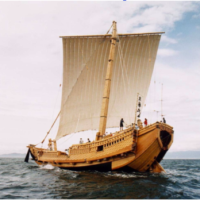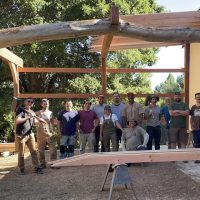
Japanese Boat Building with Douglas Brooks
Douglas has, since 1996, apprenticed under no fewer than nine Japanese master boat builders. While all the individual masters exhibited many similarities of craft, all of their particular boat types are significantly different in design and construction, as dictated by their particular uses in rivers, lakes, or oceans. What is most sobering is that, according to Douglas, all of these masters are well into their seventies and eighties without reliable apprentices to carry on their crafts, which have been centuries in the making. Read More …









